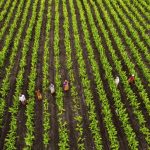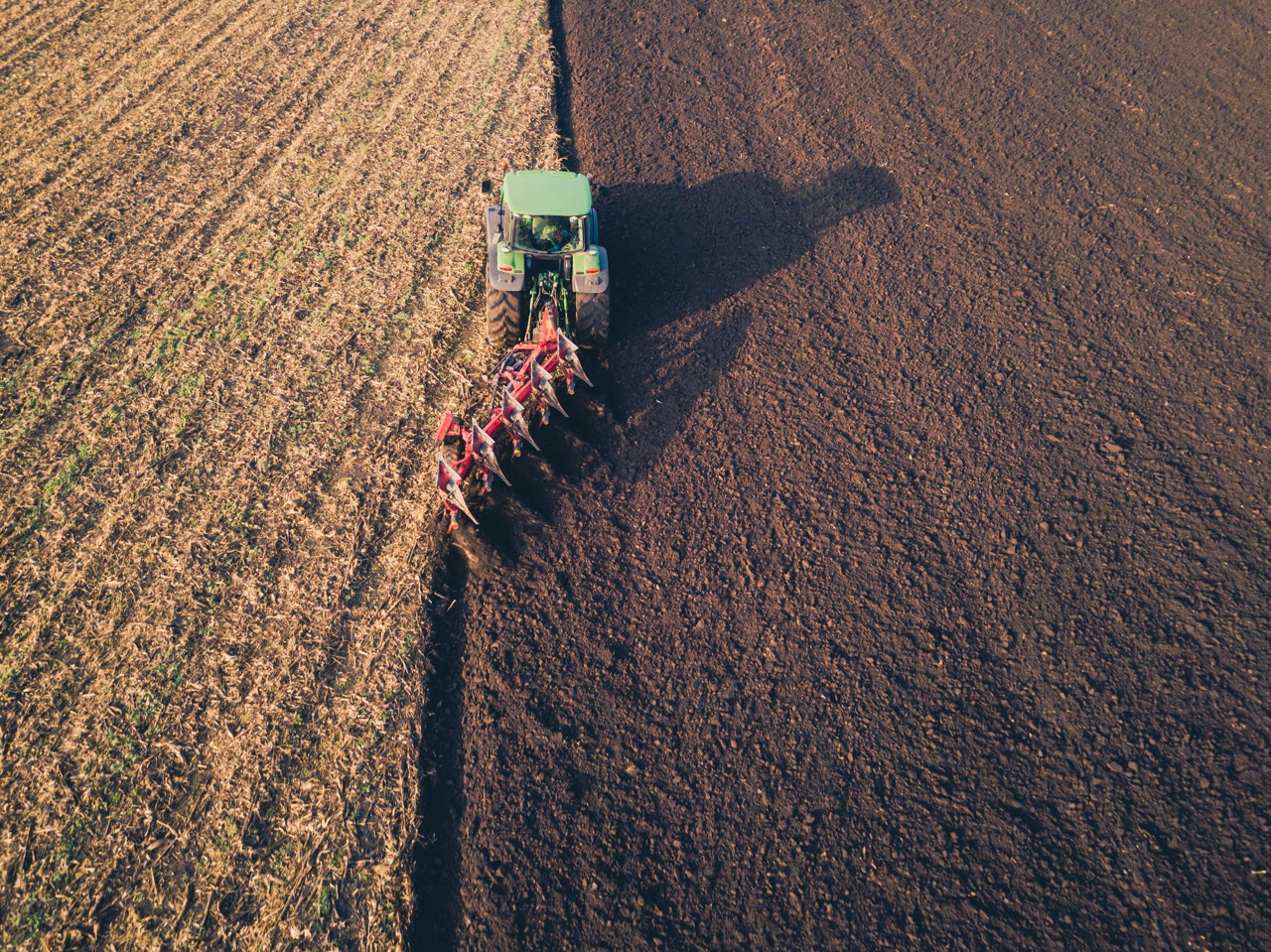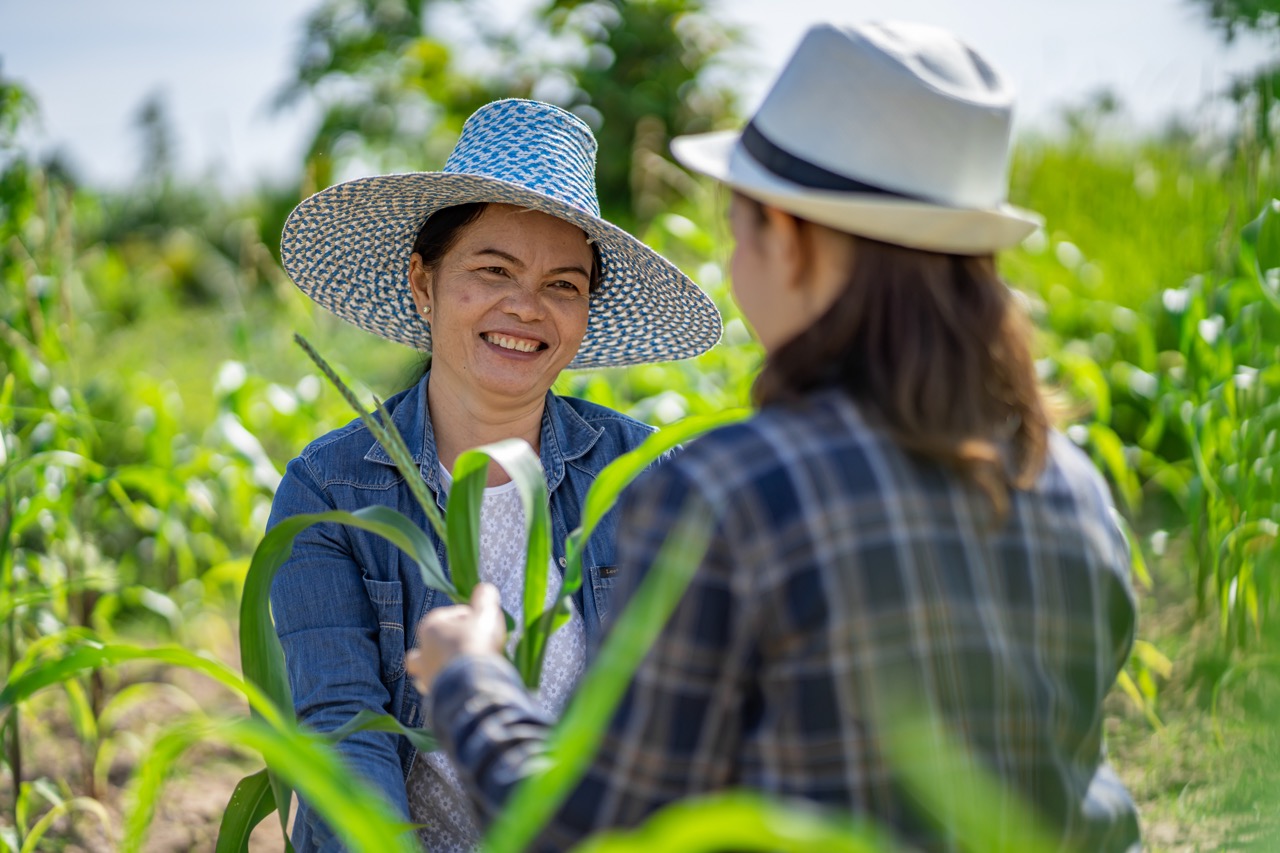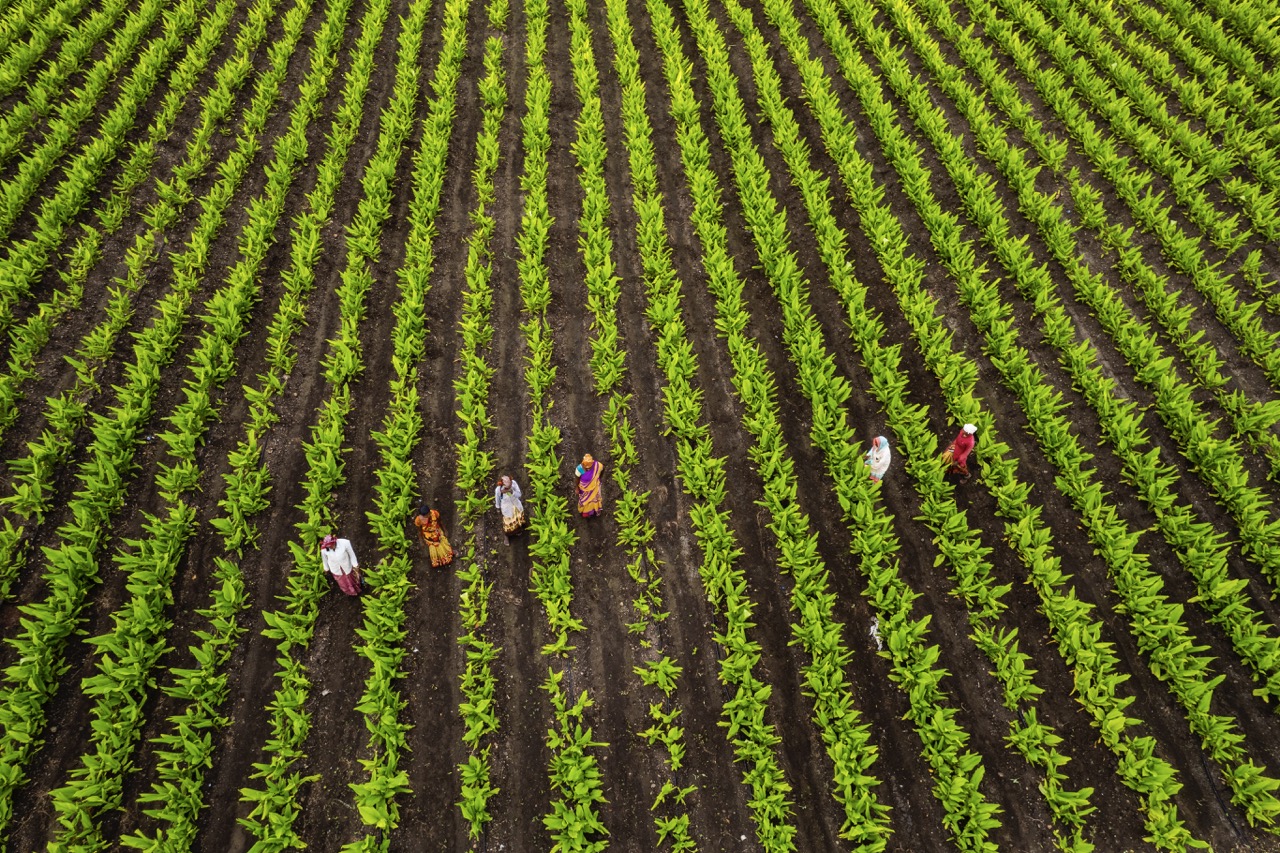Farming in arid regions poses a distinct set of challenges that can significantly impact agricultural productivity and sustainability. With climate change exacerbating water scarcity and fluctuating weather patterns, farmers in these environments must adapt to maintain their livelihoods and ensure food security. This article explores the unique challenges faced by farmers in arid regions and presents innovative solutions, crop selection strategies, and the importance of community collaboration to build resilience in farming practices.
Understanding the Unique Challenges of Arid Farming Today
The primary challenge confronting farmers in arid regions is the scarcity of water. In these areas, rainfall is irregular and often insufficient for traditional farming practices. This lack of water leads to higher competition for available resources, not only among farmers but also between agricultural needs and urban demands. As a result, many farmers find themselves struggling to maintain crop yields in the face of dwindling water supplies, which can lead to economic uncertainty and food insecurity.
Moreover, soil quality in arid regions can be problematic. Many of these soils are sandy or saline, leading to poor moisture retention and nutrient deficiencies. With insufficient organic matter and a lack of microbial activity, these soils often fail to support healthy crop growth. Farmers must navigate these limitations while attempting to implement effective soil management practices, which can require significant investment and knowledge.
Lastly, climate change poses a multifaceted threat to farmers in arid environments. Rising temperatures can exacerbate water evaporation rates, further diminishing already scarce water supplies. Furthermore, increased frequency and intensity of extreme weather events, such as droughts and heatwaves, can disrupt planting and harvesting schedules. In light of these challenges, farmers are compelled to innovate and adopt strategies that enhance resilience in their agricultural practices.
Innovative Solutions: Techniques for Efficient Water Use
To address the critical issue of water scarcity, farmers in arid regions can adopt innovative irrigation techniques that enhance water use efficiency. Drip irrigation, for example, delivers water directly to the plant’s root zone, minimizing evaporation and runoff. This technique not only conserves water but also improves crop yields, making it an attractive investment for farmers facing water shortages. Additionally, the use of soil moisture sensors can provide real-time data, allowing for more precise irrigation scheduling and reducing water waste.
Rainwater harvesting is another effective strategy that can help farmers capture and store precious rainfall during the wet season. By constructing storage systems—such as ponds or cisterns—farmers can collect and store runoff for use during dryer periods. This practice not only helps mitigate the impacts of drought but also encourages sustainable water management by utilizing local resources.
Furthermore, the integration of technology, such as mobile apps and satellite imagery, offers farmers valuable insights into weather patterns, soil moisture levels, and crop health. These tools can enhance decision-making processes, enabling farmers to optimize their water usage and better plan for unpredictable climatic conditions. By leveraging technology in conjunction with traditional methods, farmers can improve their resilience to water scarcity challenges.
Crop Selection Strategies for Arid Environments
Choosing the right crops is critical for successful farming in arid climates. Farmers can benefit from selecting drought-resistant varieties that require less water and can withstand harsh conditions. Crops such as millet, sorghum, and certain legumes have been proven to thrive in low-water environments and offer high nutritional value. By diversifying crop selection, farmers can reduce their reliance on a single crop and mitigate the risks associated with crop failure.
In addition to selecting drought-tolerant crops, farmers should consider adopting agroecological practices that promote soil health and enhance biodiversity. Incorporating cover crops, intercropping, and crop rotation can improve soil structure, decrease erosion, and increase nutrient availability. These practices can also help in building resilience against pests and diseases, making them an essential component of sustainable farming in arid regions.
Moreover, farmers should stay informed about local research and development initiatives focused on improving crop varieties suited for arid environments. Collaborating with agricultural extension services and universities can provide farmers access to valuable resources, including training, research findings, and new cultivar introductions that align with regional conditions. By making informed crop selection decisions, farmers can optimize their yields and contribute to long-term sustainability in arid farming.
Community Collaboration: Building Resilience in Farming
The challenges of farming in arid regions are often too great for individual farmers to tackle alone. Collaborative efforts within farming communities can lead to shared resources, knowledge exchange, and collective problem-solving. Forming farmer cooperatives can enable members to pool resources for purchasing inputs, sharing equipment, and accessing markets. This collaboration not only reduces costs but also fosters a sense of community and mutual support among farmers facing similar challenges.
Additionally, local governments and non-governmental organizations (NGOs) can play a pivotal role in fostering collaboration among farmers. By establishing training programs, workshops, and forums, these entities can facilitate knowledge sharing about best practices in water management, crop selection, and sustainable farming techniques. Community-driven initiatives can empower farmers to adopt innovative approaches and adapt to changing climatic conditions more effectively.
Finally, building resilience in farming requires a holistic approach that involves engaging with all stakeholders, including policymakers, researchers, and local communities. Open dialogues about sustainable practices can lead to informed policies that support water conservation, soil health, and agricultural innovation. By working together, communities can create a more resilient agricultural landscape that not only meets the needs of farmers but also contributes to broader environmental and economic stability.
Farming in arid regions presents a unique set of challenges that require innovative, collaborative, and strategic approaches for success. By addressing water scarcity through improved irrigation techniques and rainwater harvesting, selecting resilient crop varieties, and fostering community collaboration, farmers can enhance their productivity and sustainability in these harsh environments. As the impacts of climate change continue to unfold, the ability to adapt and innovate will be crucial for ensuring food security and the viability of farming in arid regions for generations to come.










